I was aware of the WPA (a New Deal project) of course, but until I did this expedition I hadn’t considered the huge scope of what it accomplished. Much was done by the Civilian Conservation Corps (CCC), not to be confused with the California Conservation Corps, which was modeled on the original.
Those workers built Treasure Island! The Bay Bridge! The Oakland Airport! The East Bay Regional Parks District was created, and workers built most of the walls, roads, trails and buildings in all those parks! They painted hundreds of post office murals and planted multiple thousands of street trees! Truly, it’s hard to imagine what this area was like before 1933.
This expedition was inspired by my friend Heidi who sent me a link to list of post office murals painted in California by the WPA. That got me wondering what other New Deal projects I could find near me. I ended up leaving the Berkeley post office mural off my list because this topic will easily span several expeditions.
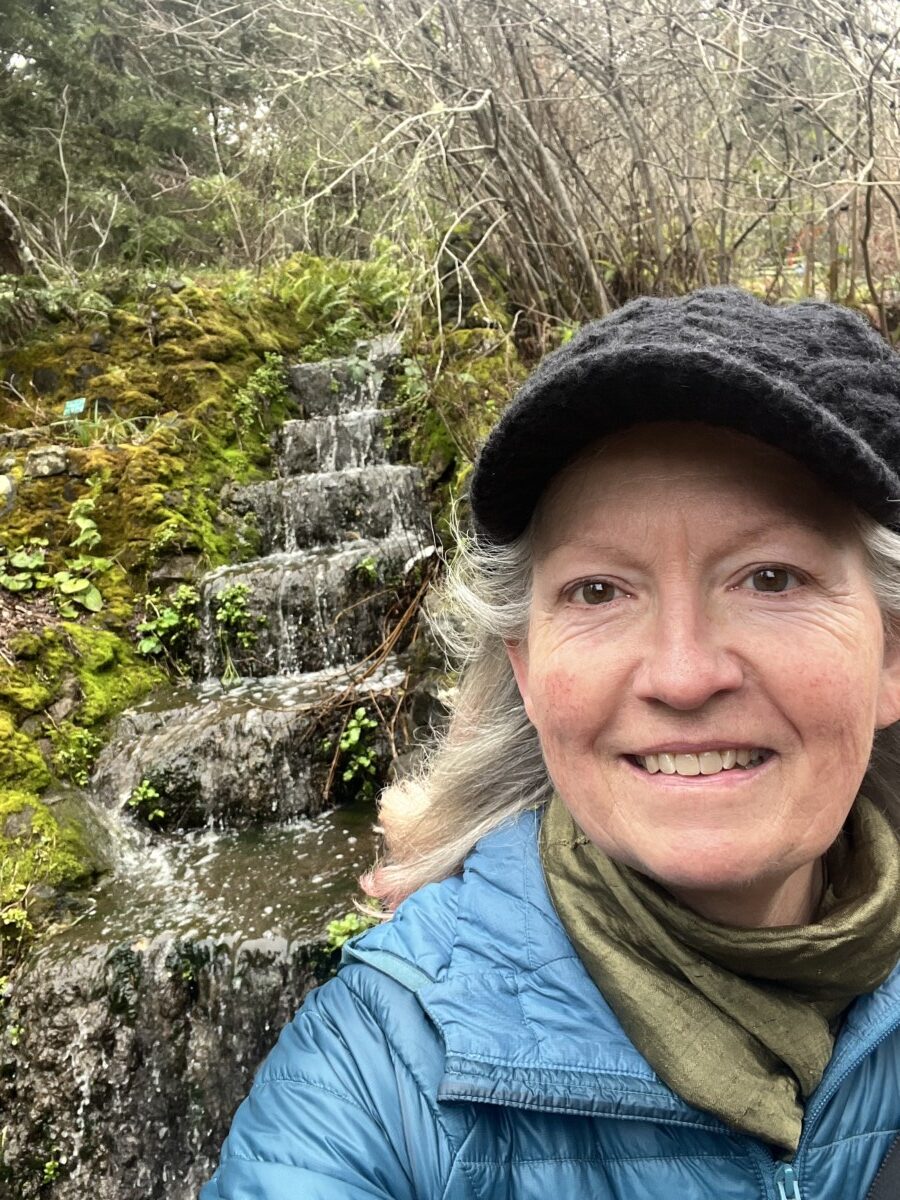
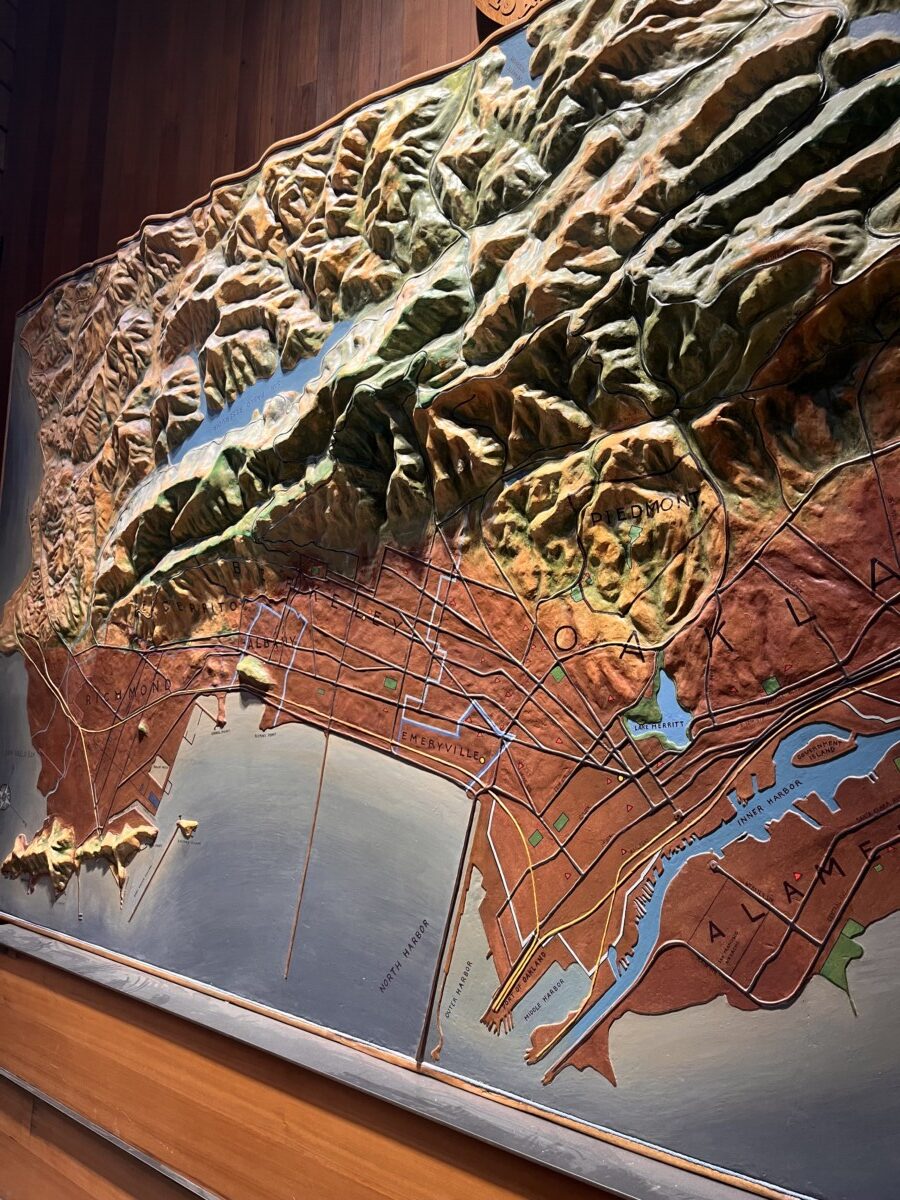
Just last week, I was at the Berkeley Botanic Garden whose lovely paths and waterfalls were WPA built. On Expedition 21, I saw the relief map at the Tilden Nature Center, created by CCC workers. It inspired voters to approve creation of the East Bay Regional Park District in November 1934. The new parks that were built provided access to swimming and hiking that were previously mostly just available to the well-heeled.
First I visited the Woodminster Theater and cascade, one of the largest New Deal projects in the Bay Area. The theater itself is not a showy place. Most of the decor is on the back at the top of the cascade.
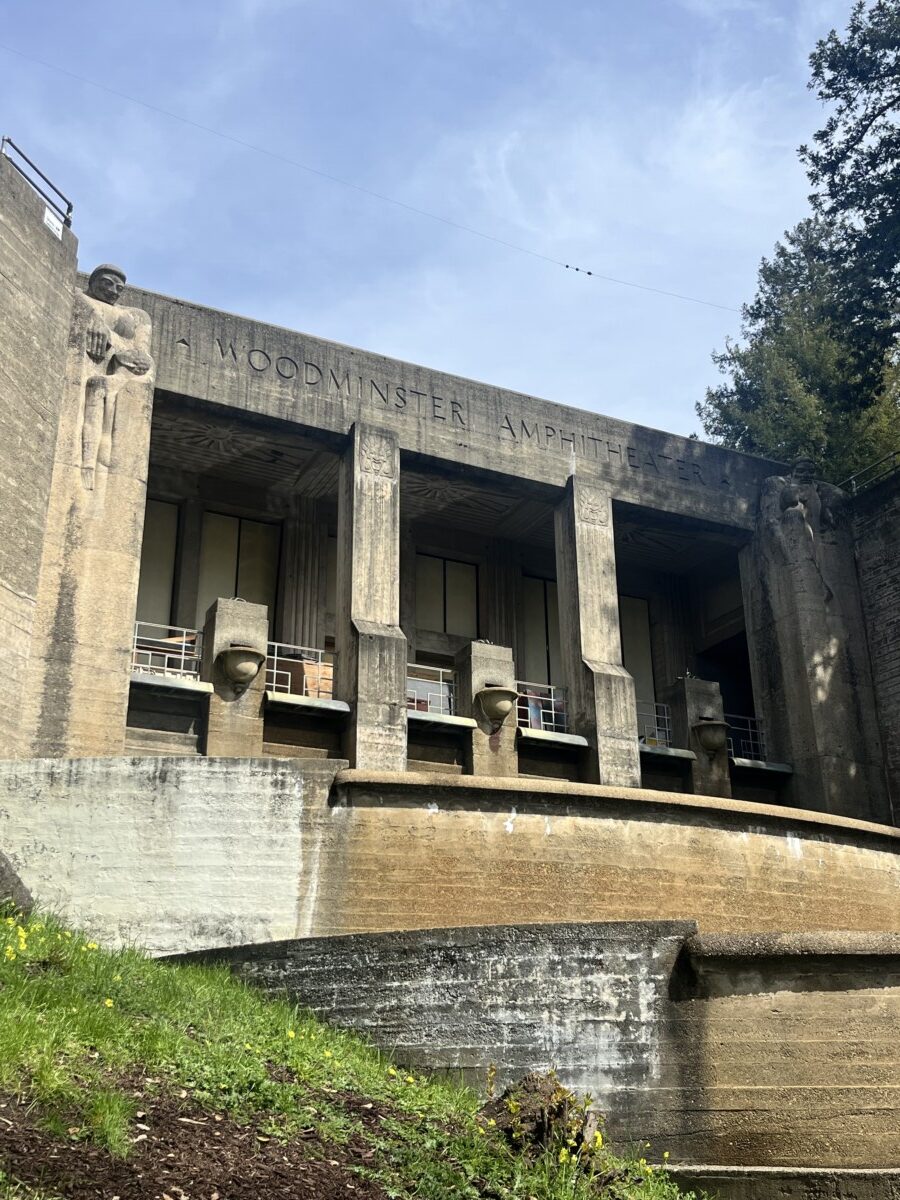
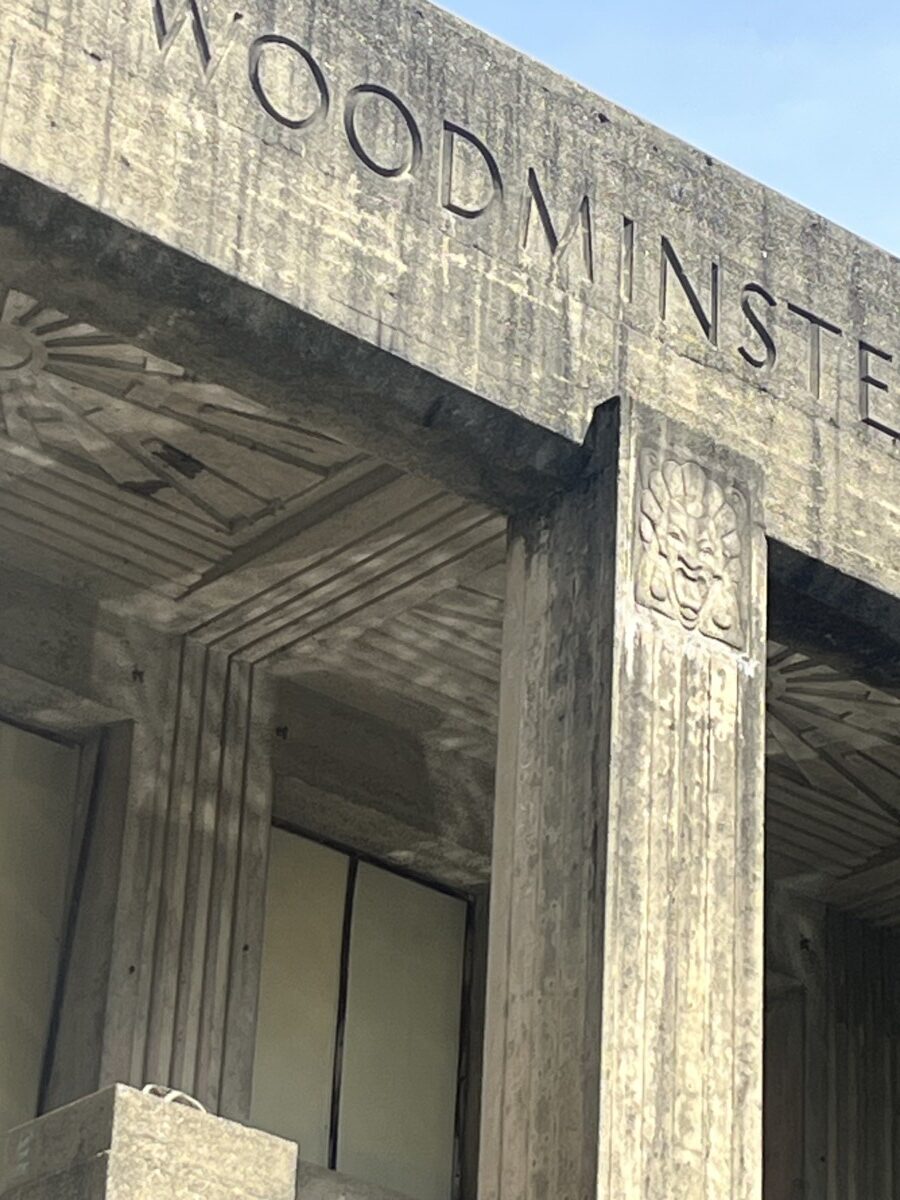
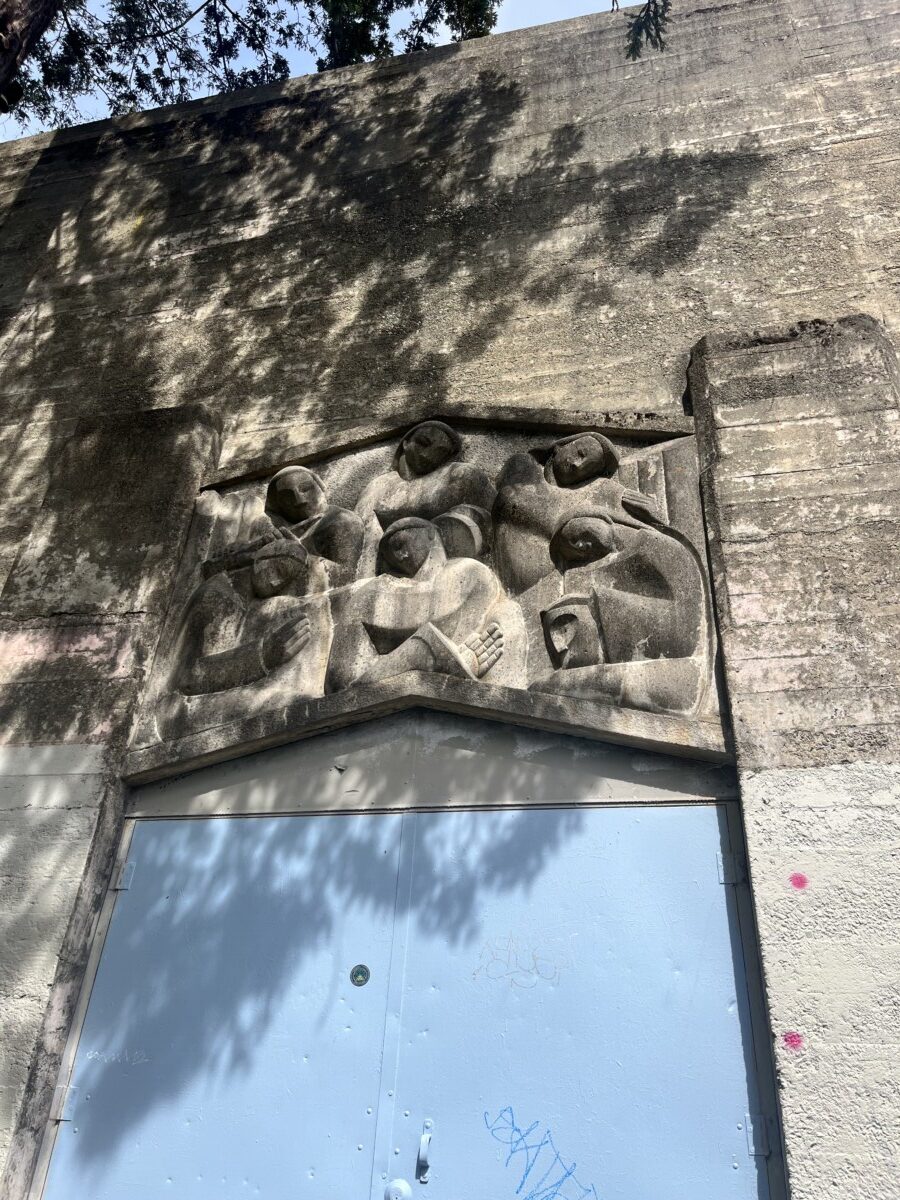
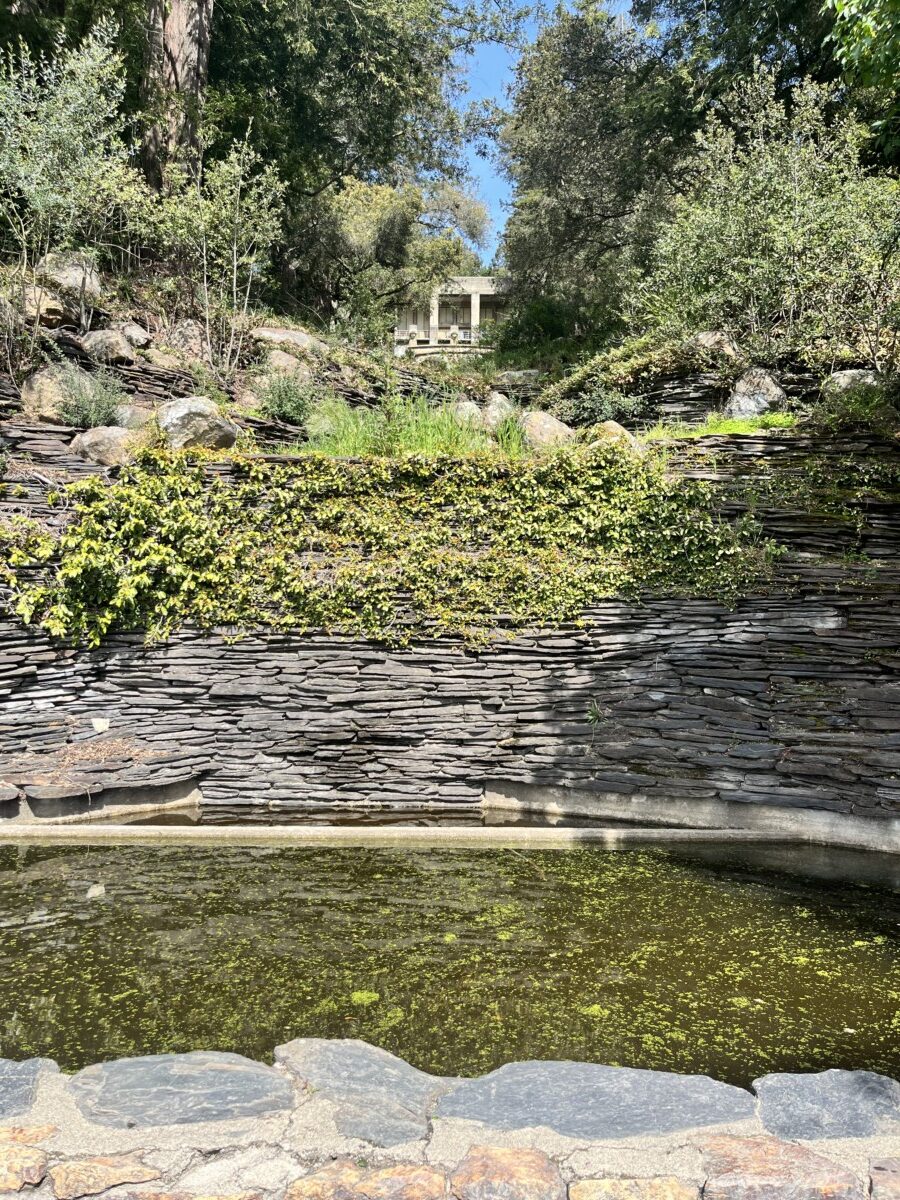
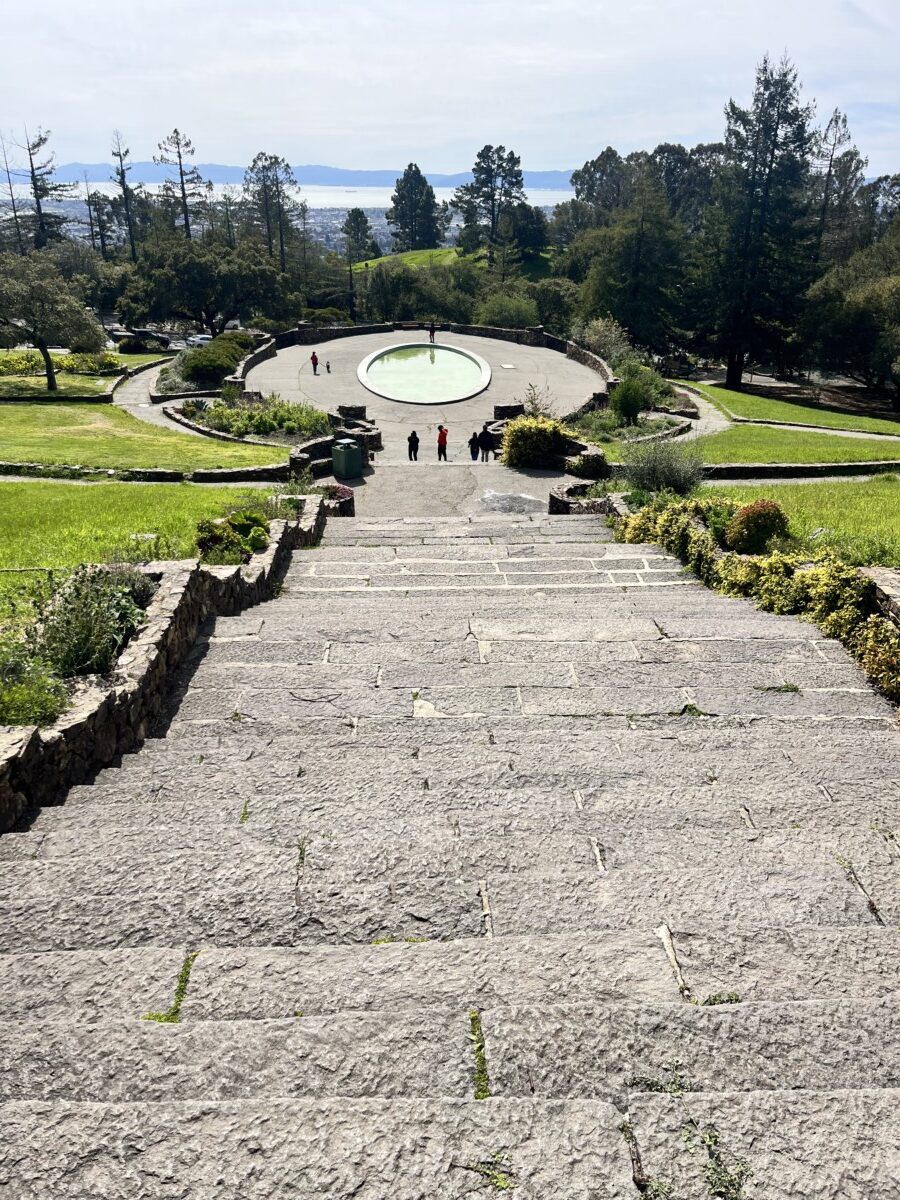
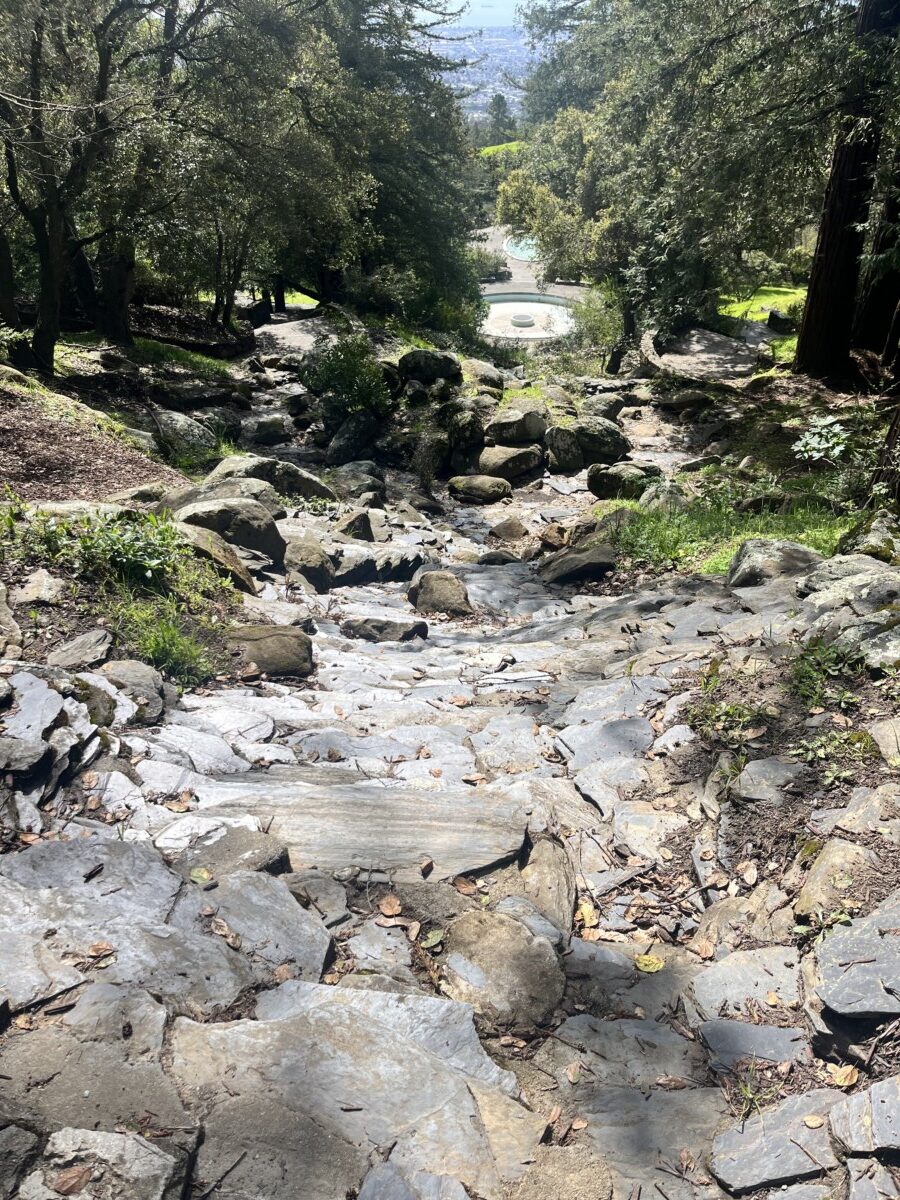
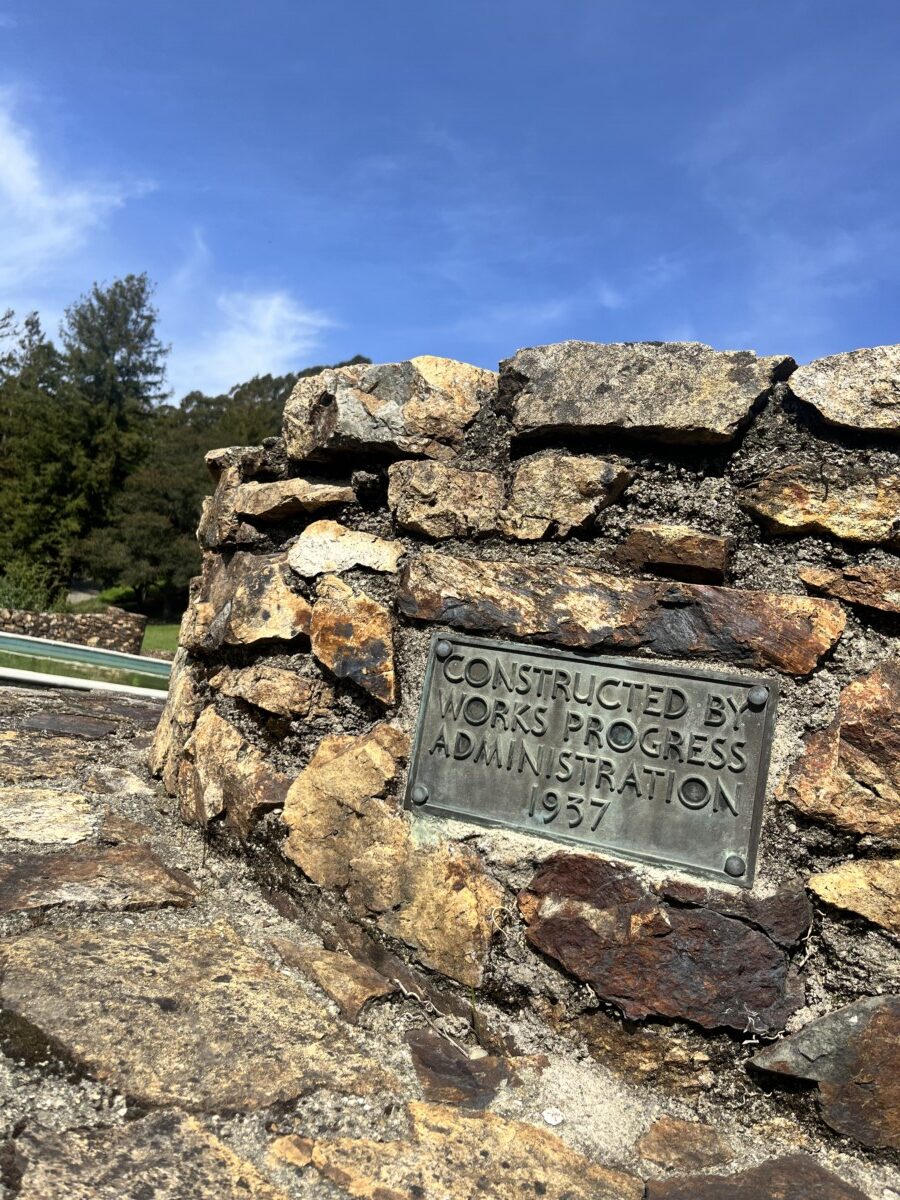
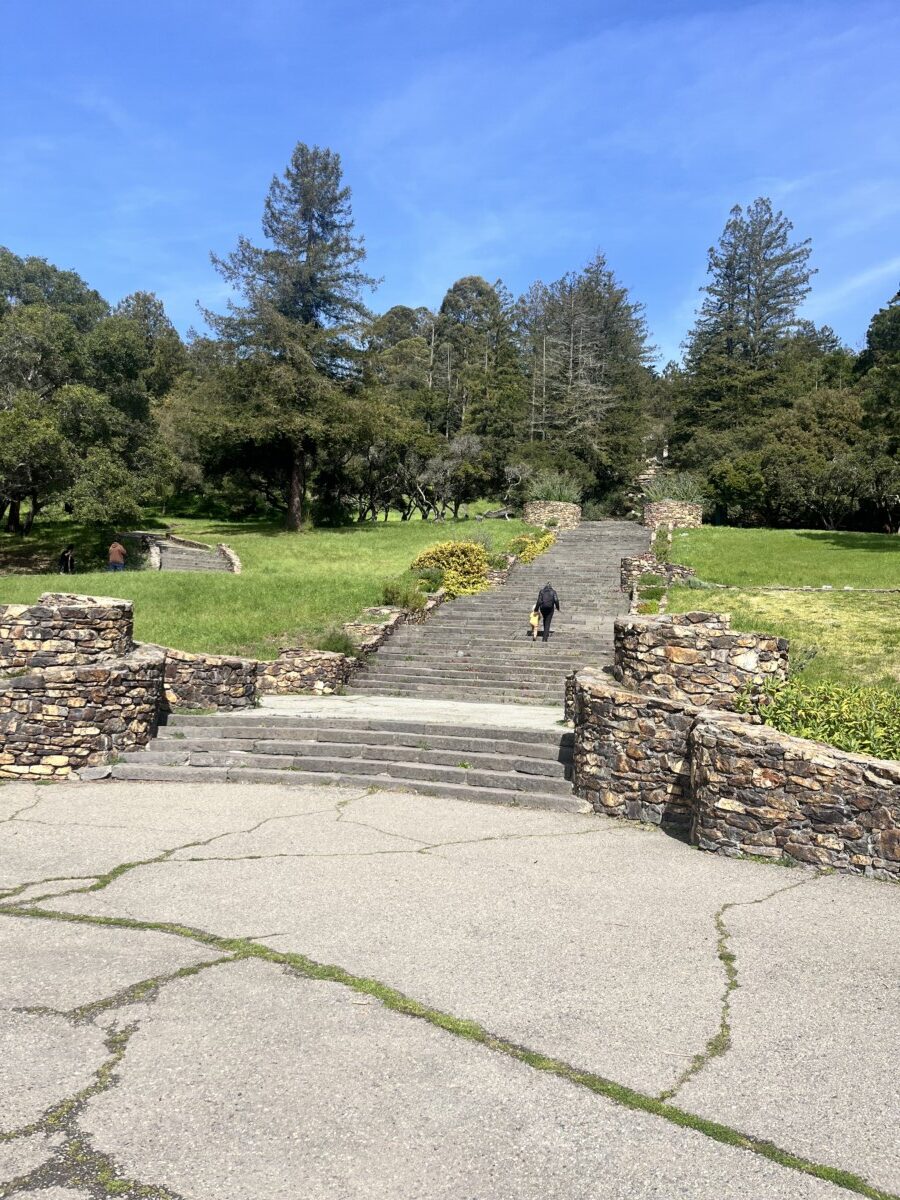
Apparently, the cascade was restored just a few years ago but it’s not running now; couldn’t discover why not. It would be much more photogenic with running water! The cascade would fall into this slate-backed pool. Wide stone staircases punctuated by two fountains descend from there all the way down to Joaquin Miller Road.
Next I went to the Temescal beach house, where a beautiful white pelican kindly graced one of my photos. It has a smaller scale cascade and waterfall (also not running, sadly). I took photos anyway, but it’s pretty hard to get a sense of it without running water. The elegant stone work may well have been done by Italian stone masons employed by the WPA.
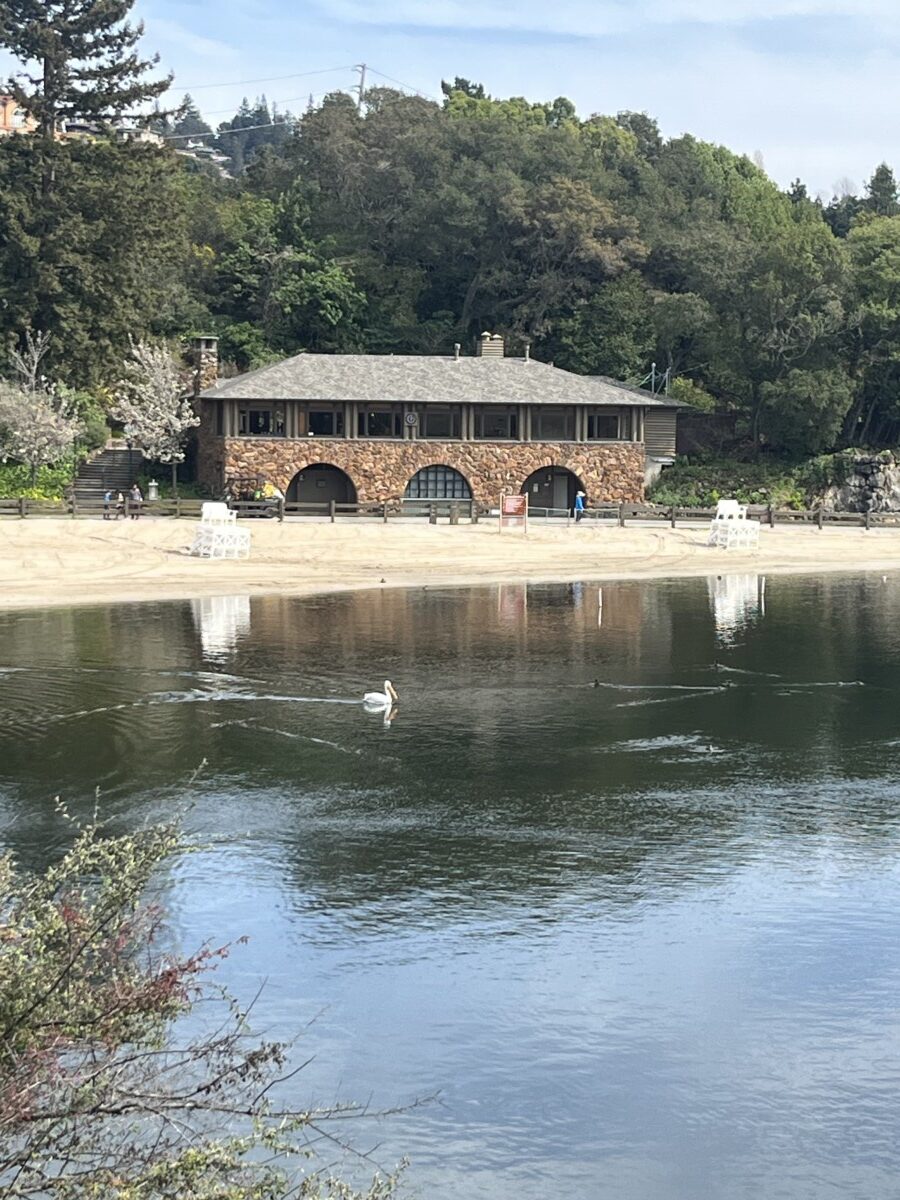
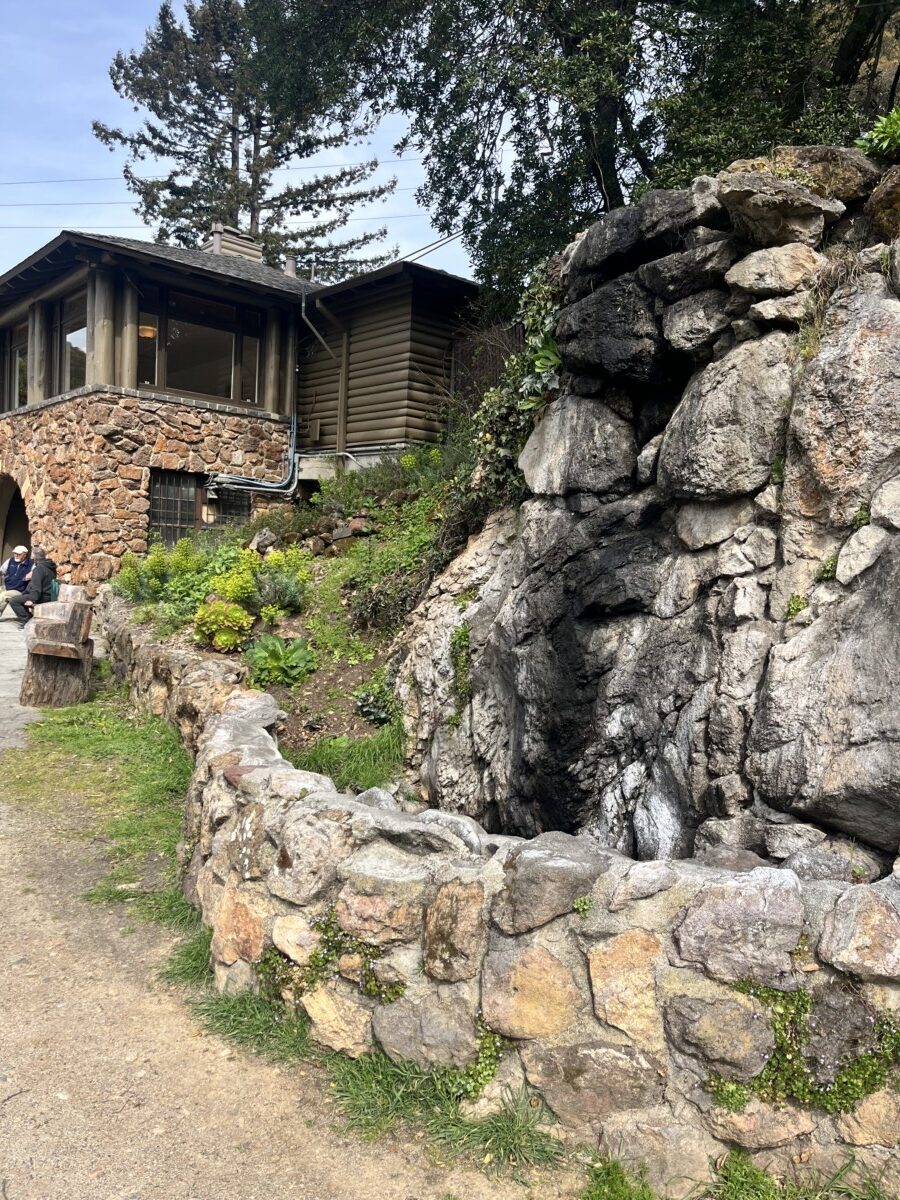
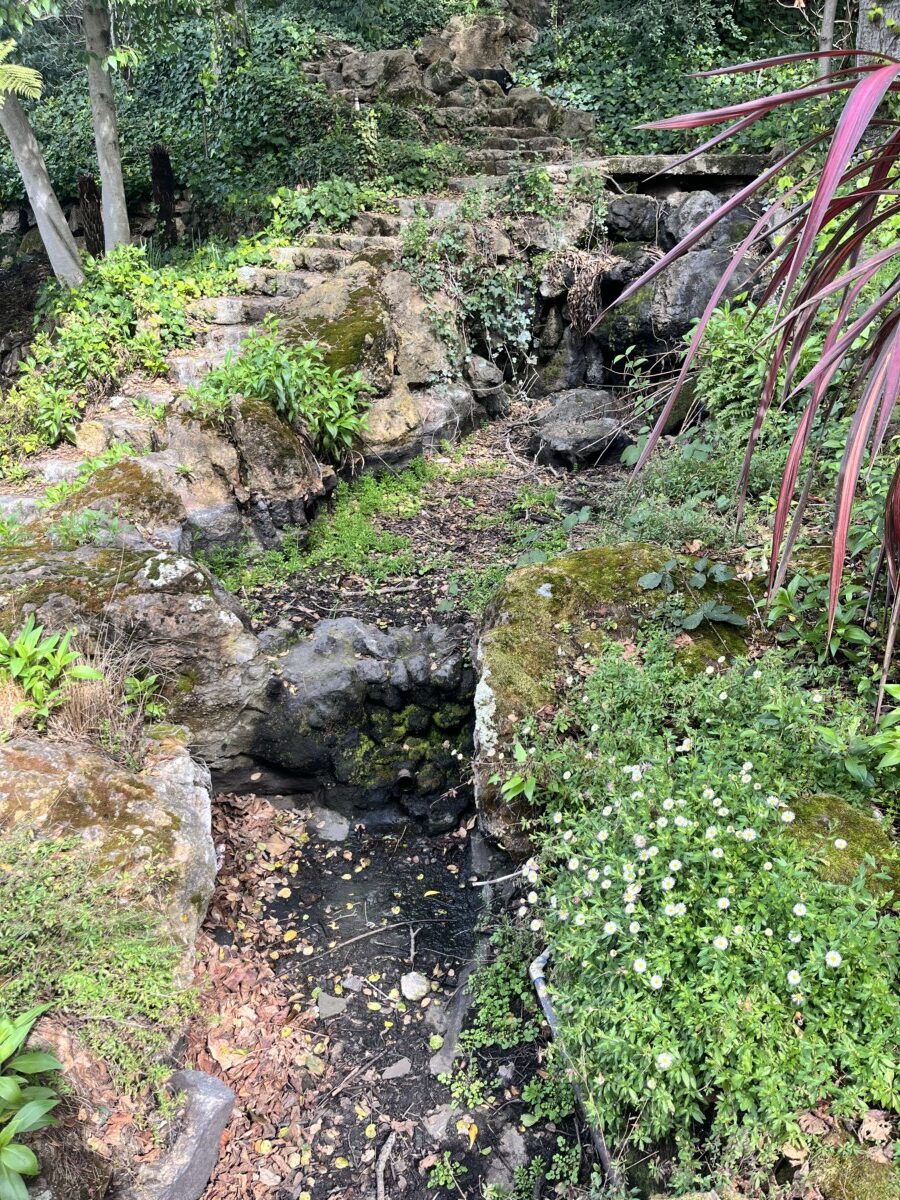
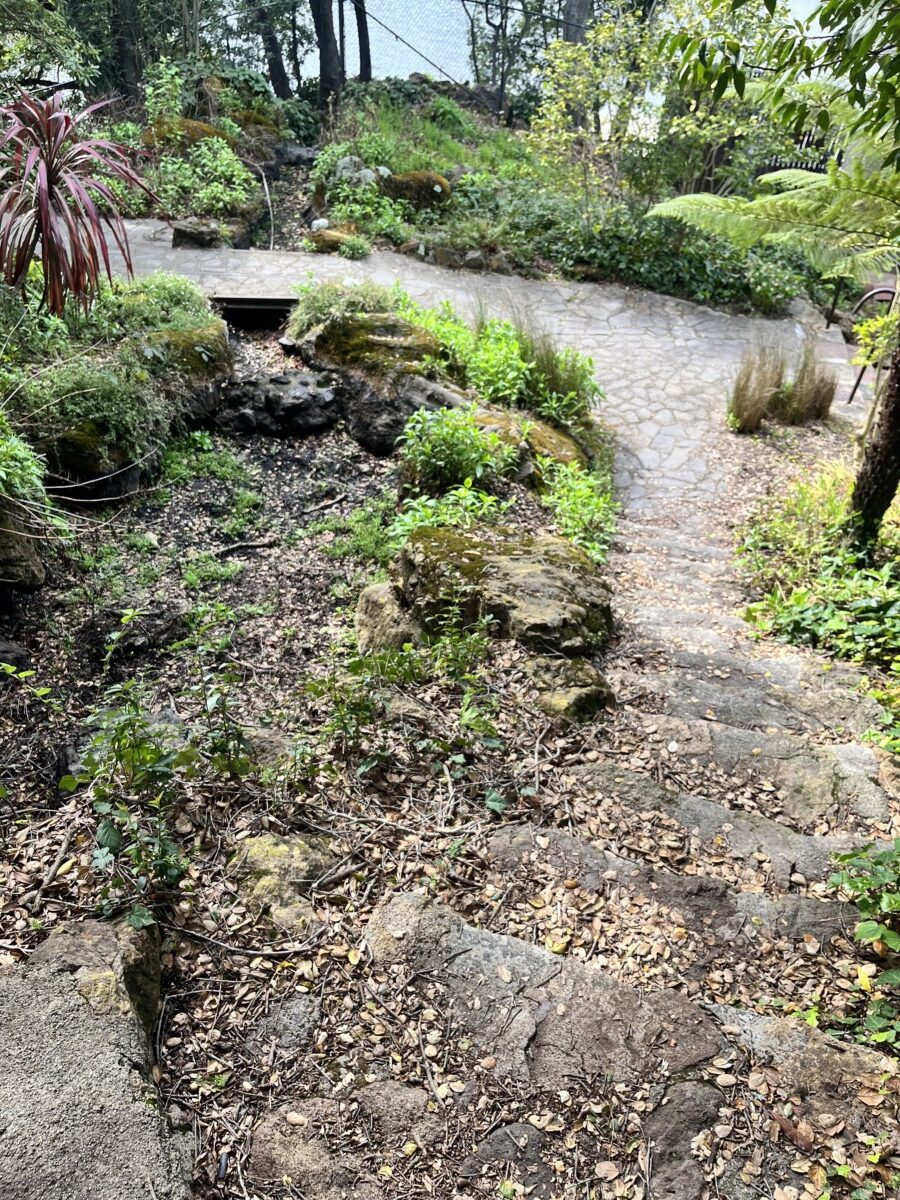
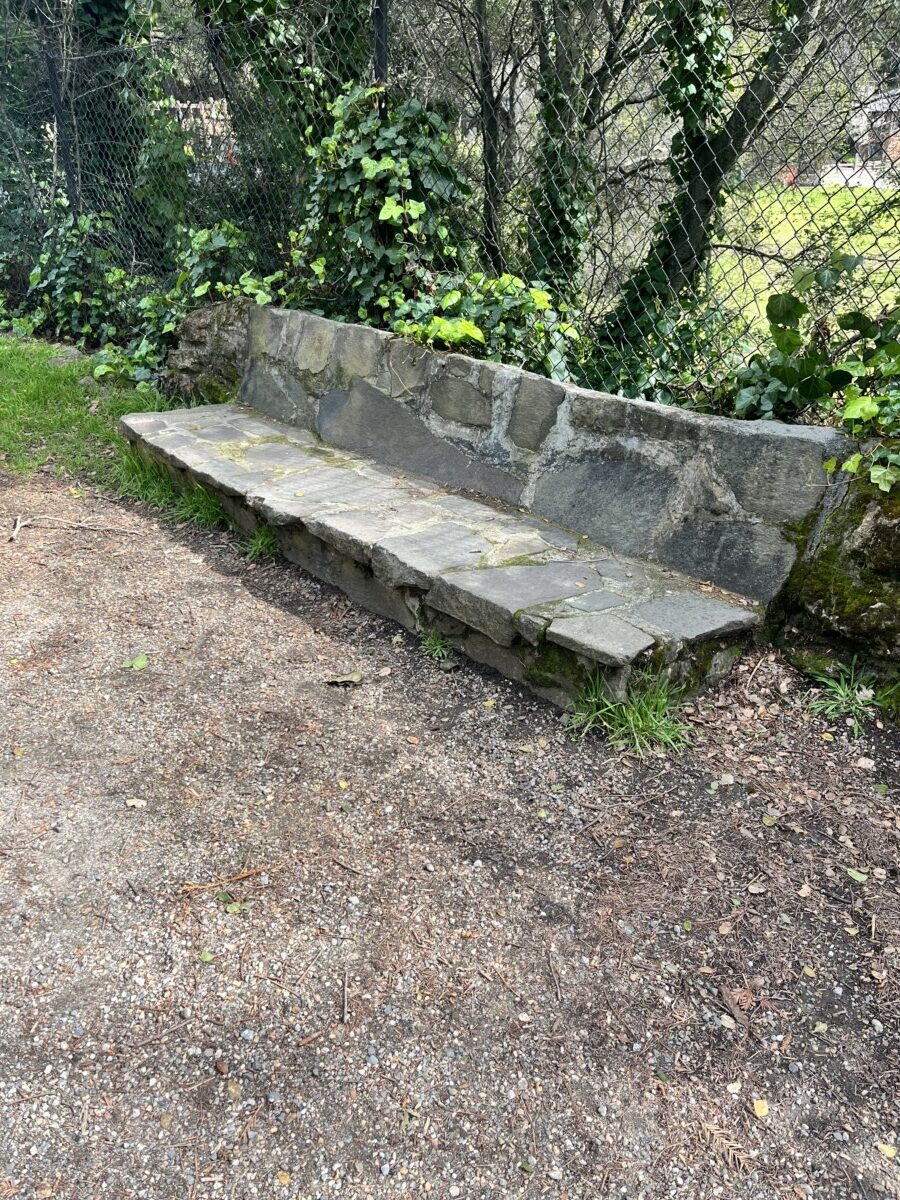
The original park district offices were upstairs, in a space now available for event rental. Changing rooms for lake swimming are on the ground floor. The park opened in 1936. Lake Temescal was created by Anthony Chabot as the city of Oakland’s first water supply reservoir in 1868!
Stop 3 was the Clark Kerr UC campus which formerly housed an organ screen sculpture by Sargent Johnson (who could probably be a separate expedition). It’s not there anymore although I peeked into the conference room and saw that its wood backing is still visible high up on the wall.
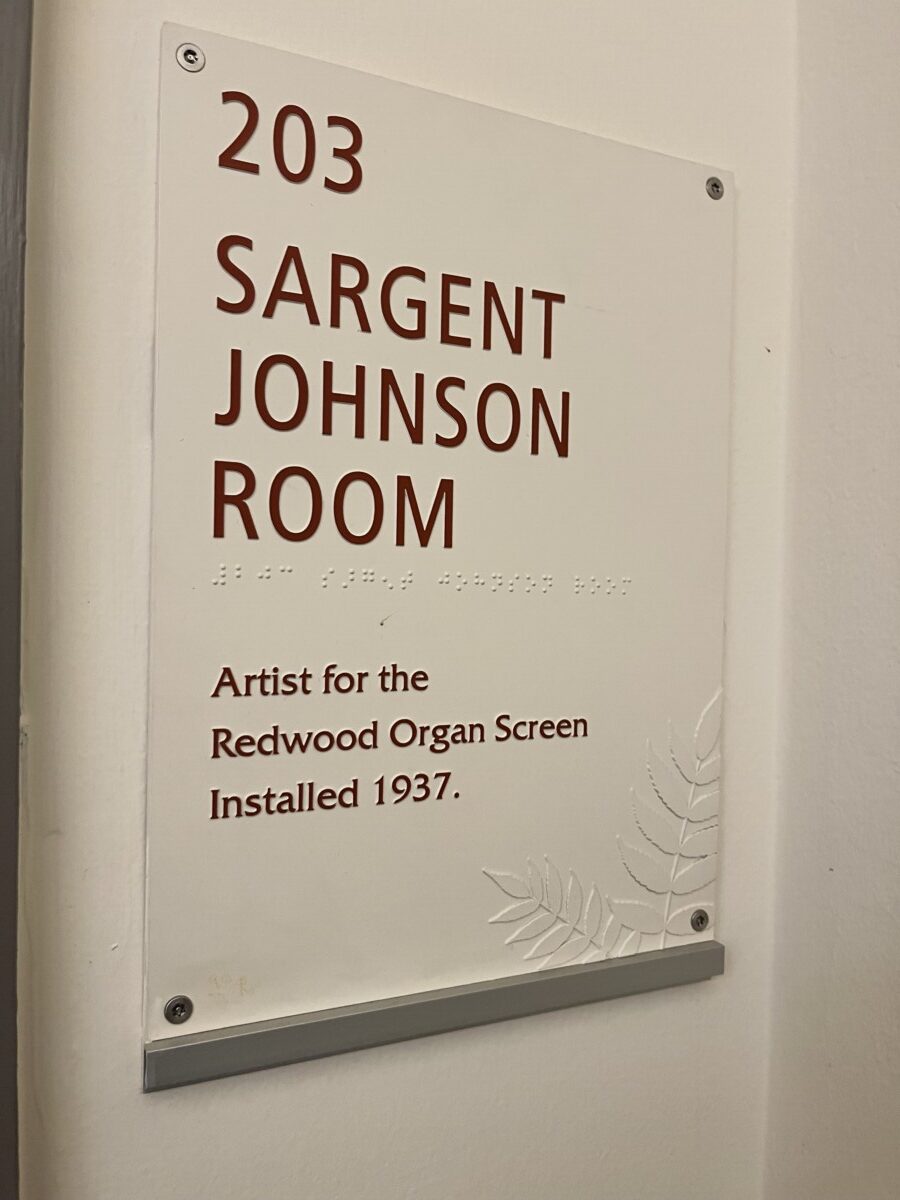
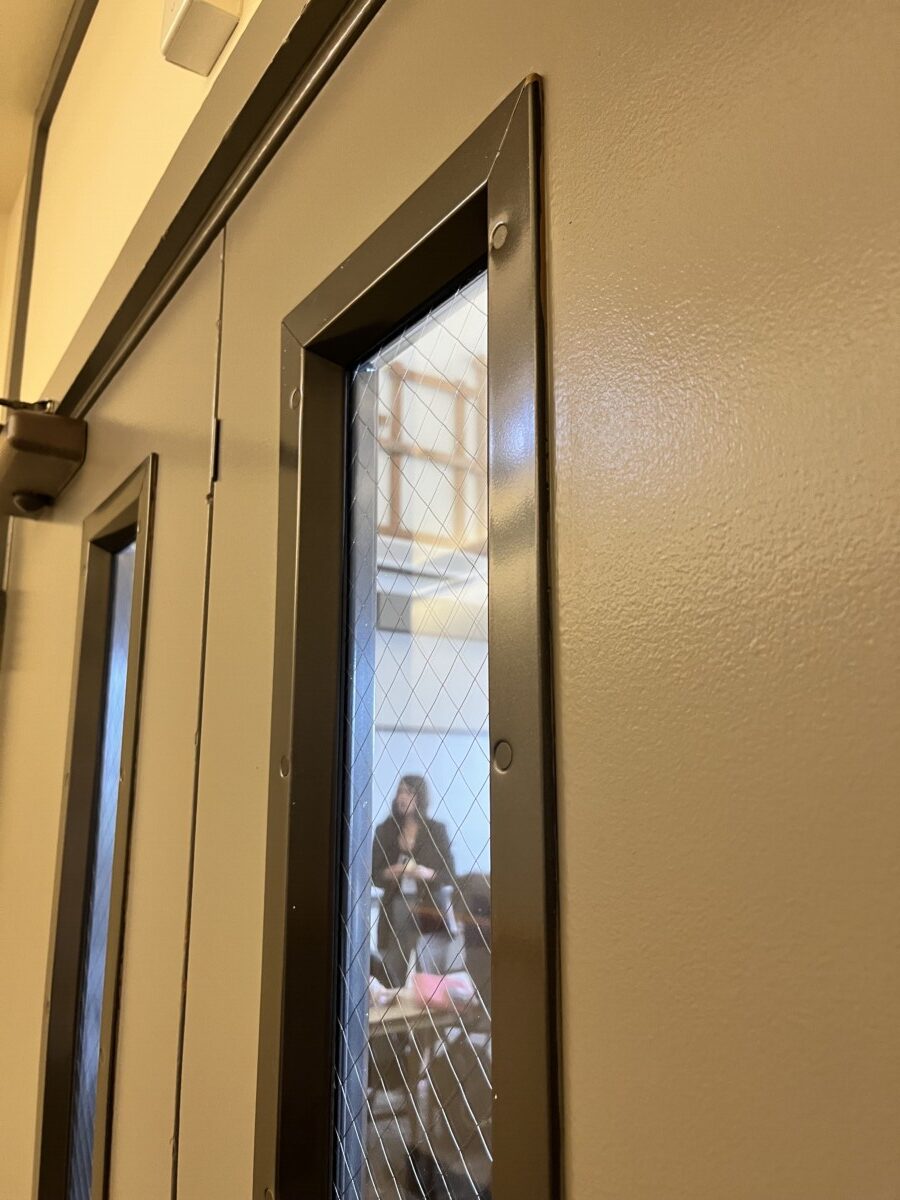

Johnson, one of the first African American artists in California to achieve a national reputation according to the Huntington Museum, created two of these screens. As it happens, I saw the other one when I visited the Huntington last month! This photo is from the museum’s website.
The missing screen was sold by the University of California to a private party in 2009. For about $150! It was acquired by the Huntington a few years later but their website mentions only the one I saw, so I guess it’s in storage.
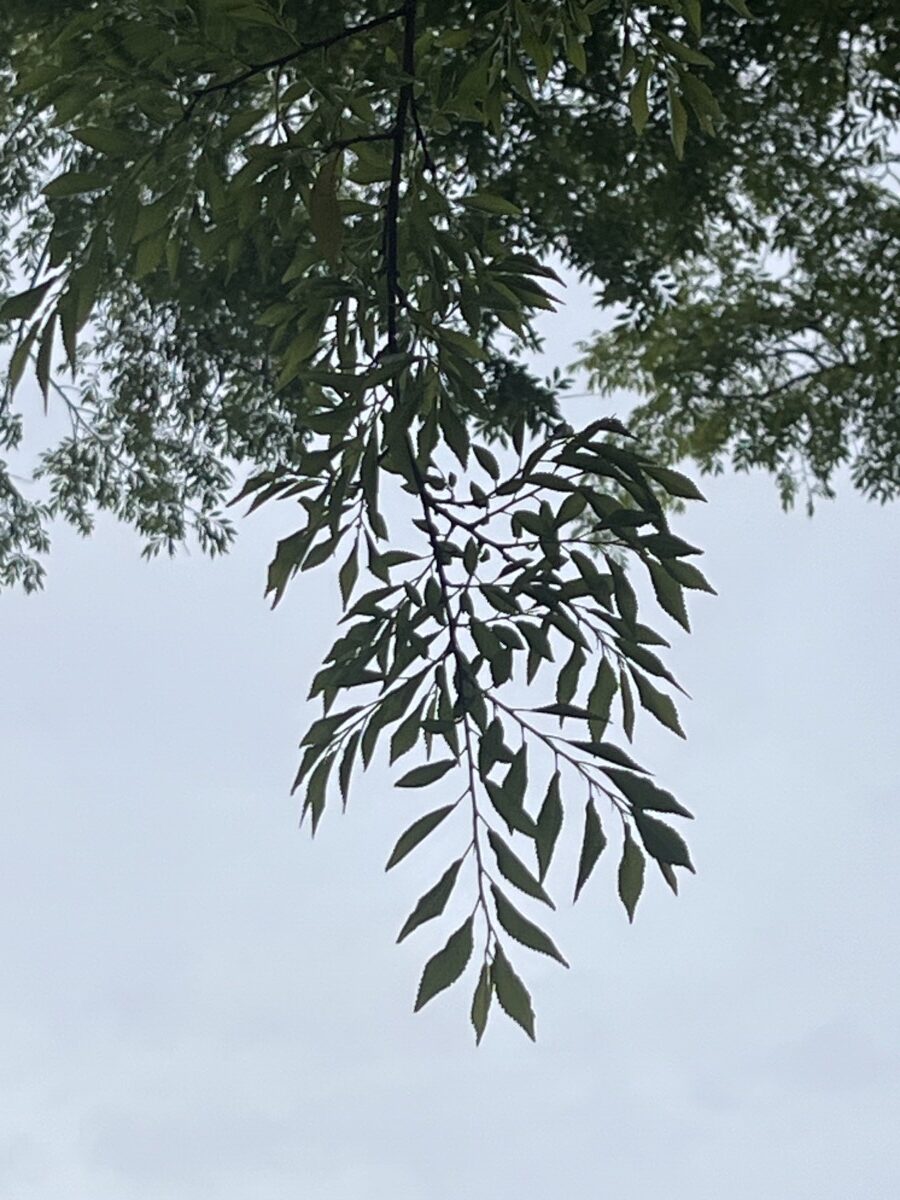
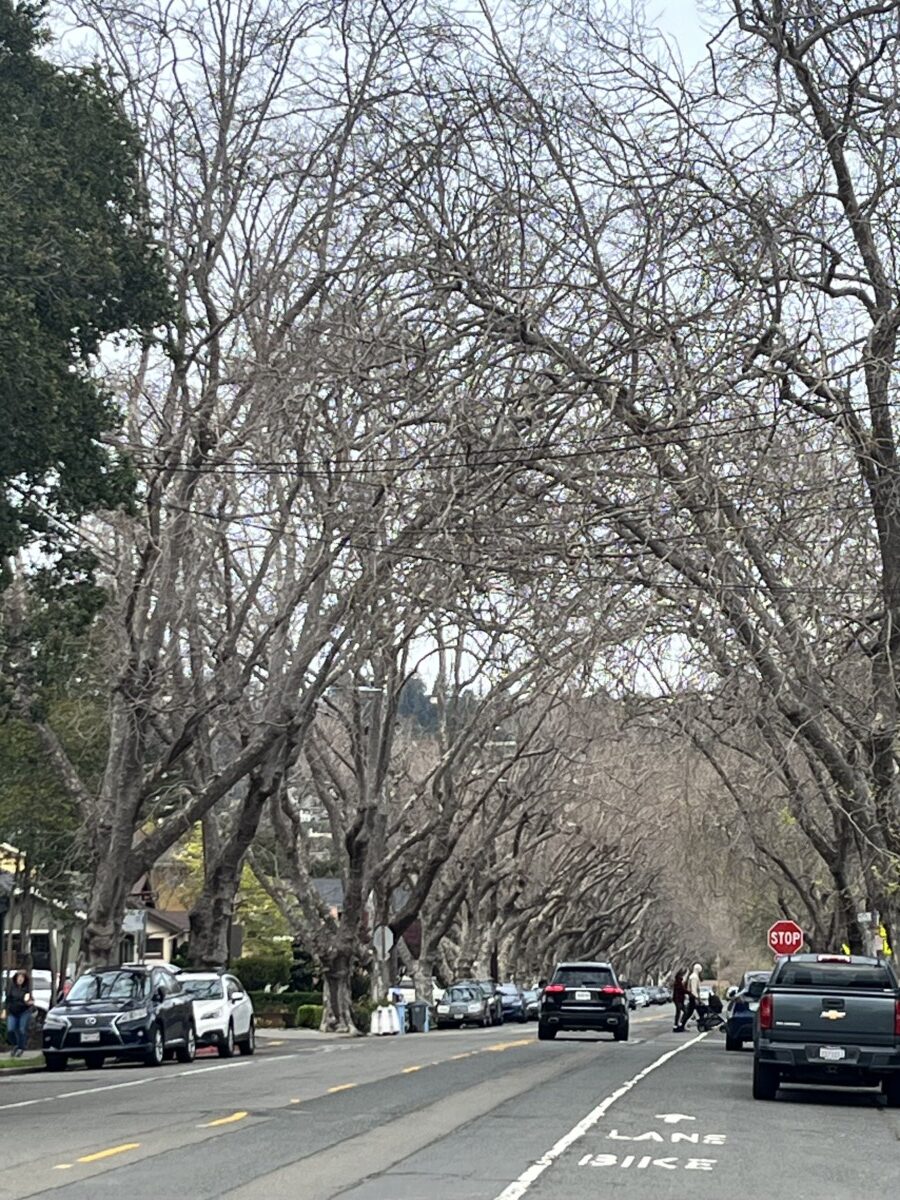
Last stop was Hopkins Street. The Civil Works Administration (CWA) planted 10,000 street trees around Berkeley CA in 1933-34. Many are still alive here, particularly, ash, camphor and elm, which often live over 100 years. I couldn’t identify any of them with certainty, but here’s as photo anyway. 🙂
Pingback: Expedtion 59: Walking the 49 Mile Scenic Drive, part one – Claire Tompkins Art
Pingback: No. 67, Local Veterans Memorial Buildings, pt. 1 – Claire Tompkins Art